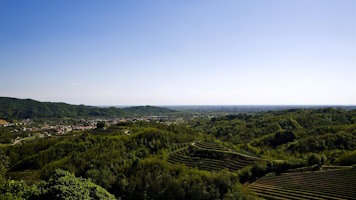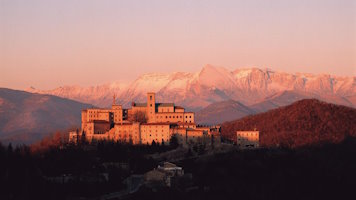The bridge was, until 1989, the only one crossing over the river. Since the 13th century, there was a wooden footbridge here, which the community decided to replace with a stone structure in 1440. Construction began in 144 and, after Jacopo Degano’s death (1445), it continued under the guidance of his collaborator Eraldo da Villacco, who died in 1453 before the work was completed: it was paved and finished in 1558. Restored between 1842 and 1843, it was later expanded following the damage sustained during World War I. The bridge is 22.50 meters high, extends for 48 meters, and rests on two unequal arches: one 22 meters wide and the other 19, set on a massive central pier supported by a large boulder.
The construction's vicissitudes have fuelled the legend about the help the people of Cividale allegedly aked from the devil in order to complete the work.
Upstream from the bridge, overlooking the right bank of the river, is the so-called "
Celtic Hypogeum," carved into a cavity along the rocky bank of the Natisone River. It is considered a testimony of the pre-Roman settlement. A staircase leads down to the first level of the cave, from which three low corridors, carved into the rock, branch off into three rooms. Of particular interest are the sculpted masks above the entrances, similar to the so-called têtes coupées (Celtic masks for funerary portraits) found in funerary complexes of southern France.














